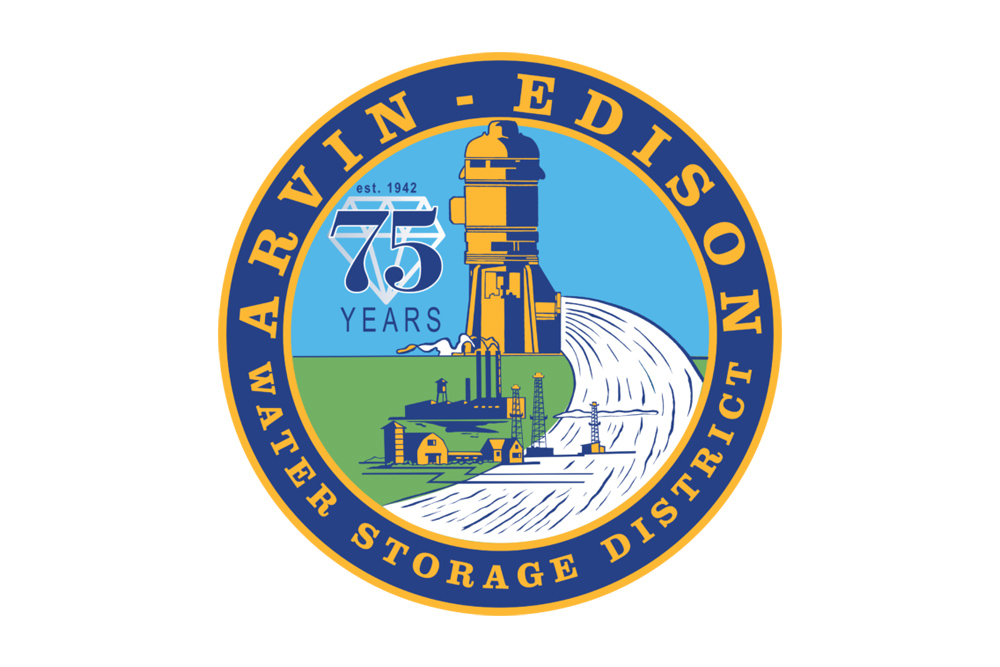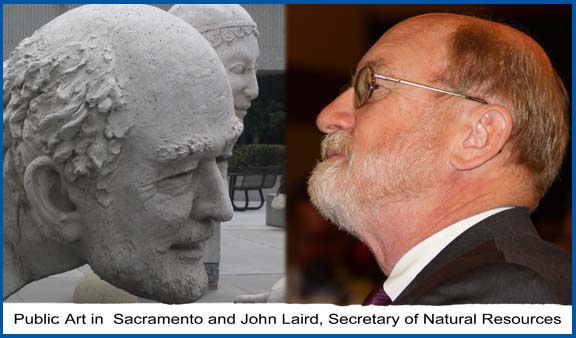Californians like direct democracy judging by the popularity of the ballot initiative process. Either that or it is the only way to get a dysfunctional state government to respond to real and sometimes imagined needs depending on your view of where needs become special interests. Each election cycle sees several propositions that have been able to gather enough qualifying signatures to appear before us voters on the ballot. A lot of times the ballots like to claim to be of benefit to California’s water needs. Sometimes they are and sometimes that’s more than a bit of a stretch. But it seems in almost every case there are unintended consequences.
Prop One is a water bond that has water. Passed in 2014 Prop One is a $7.2 billion bond that set aside $2.7 billion for water storage infrastructure such as dams and reservoirs. The California Water Commission was tasked with administering the disbursement of the $2.7 billion. There were 11 proposed projects that qualified for consideration of funding. Of these 11, six have a direct impact on the Central Valley. There are some differences in the way the money is handed out. The procedure is a grant but not a grant. It falls under the Water Storage Investment Program which is a new program designed to make the Prop One payouts transparent and accountable like never before. In short, reviewers were not allowed to ask applicants about their proposed projects. This caused the unintended consequence of not one single project reaching a Public Benefit Ratio score of one. If you choose to search PBR on the net be sure you specify California Prop One otherwise, you’ll come up with a lot of fascinating information about bull riding.
I’d venture to say millions of dollars were spent by the applicants on very bright and experienced consulting engineers to help shepherd the projects through the WSIP application process. The idea that not one application attained a breakeven PBR caused a great deal of angst and anger and opened a flood gate of misplaced accusations. Several opponents in the environmental community took gleeful joy in deriding all surface storage projects as unworthy. Several proponents and elected officials took umbrage over the low scores, demanding an explanation how every project in the state could score so low. Of the 11 projects three scored a zero, five scored under point five and three scored above point five. It didn’t help that the highest score – .75 was for a Sacramento area project – some took this as regional bias.
Here are the six projects with direct impact on the Central Valley and the PBRs submitted by the applicants and the actual PBRs awarded after the CWC review:
- Los Vaqueros Reservoir Expansion – expected 3.6 awarded .46
- Kern Fan Groundwater Storage – expected 1.47 awarded .58
- Temperance Flat Reservoir – expected 2.86 awarded .10
- Pacheco Reservoir Expansion – expected 2.43 awarded .36
- Sites Reservoir – expected 2.11 awarded .40
- Tulare Lake Project – expected 1.63 awarded .01
So how could all those high-powered consultants get it so wrong and/or how could the CWC find water storage so unimportant? To find some answers I spoke with Chris Orrock, Public Information Officer of the CWC. I didn’t expect him to say his agency made a mistake. That’s not what PIOs do. But neither did Orrock try to slather me with excuses. Something many PIOs do.
Orrock explained there are four agencies actually conducting the reviews; in addition to the CWC, the DWR, State Water Board and Department of Fish & Wildlife all got in the middle of it. I haven’t been able yet to get the names of the individuals who participated but I did find out there were more than 100 meetings over a two-year period between the applicants and the lead reviewers. Orrock said the application spelled out what information was needed. Not according to any of the applicants I’ve spoken with, but that is a debatable matter open to interpretation.
What was needed was an explanation of how the project will contribute to a measurable improvement to the Delta ecosystem. In fact, half of the requested funding must be spent on ecosystem improvements. These improvements don’t have to all take place immediately but they do have to continue over the lifetime of the project. How the value of the investment can be determined to benefit the ecosystem is one reason the applicants hired teams of rocket surgeons in the first place. It’s complex, layered and not easily definable. The reviewers didn’t feel they had enough information to concur with the applicants’ PBR. Under WSIP they weren’t allowed to ask the applicants for clarification. This communication has to be conducted in a public setting.
The reason this is a big deal is of course the money involved. The PBR counts for 30 percent of the applicant’s score. Here is a list of the six projects mentioned earlier – how much they are requesting from Prop One and how much the project is estimated to cost:
- Los Vaqueros Reservoir Expansion – requested $434 million, estimated $795 million
- Kern Fan Groundwater Storage – requested $86 million, estimated $171 million
- Temperance Flat Reservoir – requested $1.33 billion, estimated $2.66 billion
- Pacheco Reservoir Expansion – requested $485 million, estimated $969 million
- Sites Reservoir – requested $1.66 billion, estimated $5.176 billion
- Tulare Lake Project – requested $452 million, estimated $603 million
Fortunately, the applicants can appeal the PBR. There will be meetings between the reviewers and applicants to help clarify and answer questions to support the higher PBRs. The new scores will be posted on April 20th. During May 1st through 3rd there will be more meetings with the CWC where applicants can pitch the remaining 70 percent of the projects’ benefits. There is no appeal for this portion. In June the CWC will announce its final scores and over July 24th through 26th the CWC will announce the maximum funding eligible for each project. Once all of this is established the contract negotiations between the CWC and the applicants begin. That could last until January 1st, 2022.
So, the unintended consequences boiled down to either the application not specifying how the applicants could ensure a fair PBR or the applicants not showing their work in a way the reviewers could follow. I’m curious to see whether or not the WSIP procedure will also be reviewed and improved or if the confusion will continue to linger over Sacramento like fog over the Valley on a cold morning after a rain. On second thought that’s not such a good analogy as it implies water is present.
DISCLAIMER OF RESPONSIBILITY; Waterwrights.net strives to provide his clients with the most complete, up-to-date, and accurate information available. Nevertheless, Waterwrights.net does not serve as a guarantor of the accuracy or completeness of the information provided, and specifically disclaims any and all responsibility for information that is not accurate, up-to-date, or complete. Waterwrights.net’s clients therefore rely on the accuracy, completeness and timeliness of information from Waterwrights.net entirely at their own risk. The opinions expressed in this report are those of the author and do not represent any advertisers or third parties.
ALL RIGHTS RESERVED. Copyright 2018 by Don A. Wright No part of this publication may be reproduced, stored in a retrieval system, or transmitted in any form or by any means, electronic, mechanical, photocopying, recording, or otherwise, without the prior written permission of DAW
































